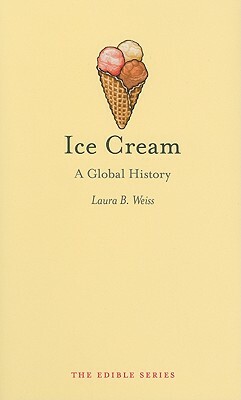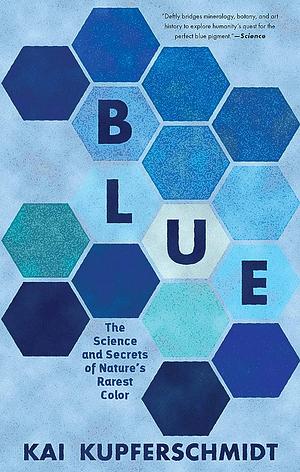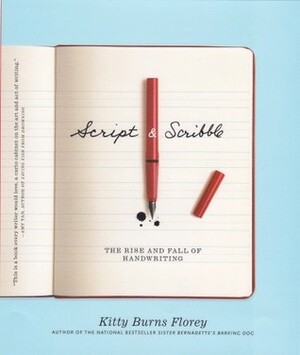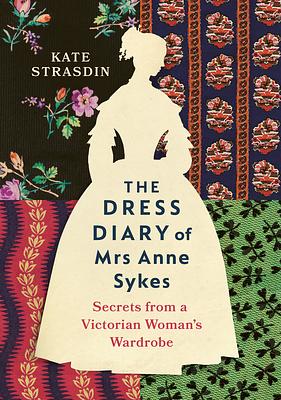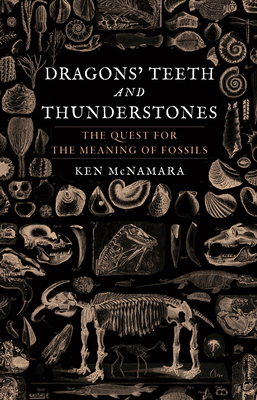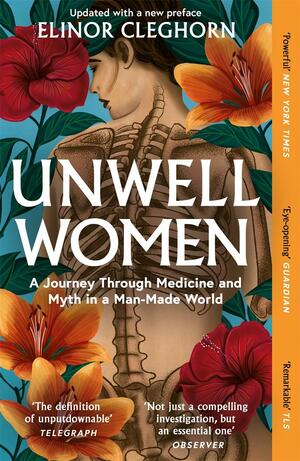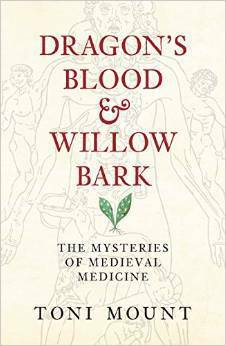
Glitter
by Nicole Seymour
Genres: History, Non-fictionPages: 184
Series: Object Lessons
Rating:

Synopsis:Object Lessons is a series of short, beautifully designed books about the hidden lives of ordinary things.
Glitter reveals the complexity of an object often dismissed as frivolous. Nicole Seymour describes how glitter's consumption and status have shifted across centuries-from ancient cosmetic to queer activist tool, environmental pollutant to biodegradable accessory-along with its composition, which has variously included insects, glass, rocks, salt, sugar, plastic, and cellulose. Through a variety of examples, from glitterbombing to glitter beer, Seymour shows how this substance reflects the entanglements of consumerism, emotion, environmentalism, and gender/sexual identity.
Broadly speaking, I really liked Nicole Seymour’s Glitter. Love it or hate it, glitter is everywhere — and some of the hatred of glitter sometimes seems more like an “ew, I’m not gay!” or a performative “ugh, I’m like those other girls”, “I’m not a child”, etc. Seymour makes this clear, regularly referencing how important glitter is to members of the queer community, for various reasons.
I’d have liked a little more detail on one or two points — there are lots of references to what glitter is made of, the effort to make it biodegradable, etc, but I’d have loved a little more detail on the options, what people are using, etc — but overall I found it pretty good.
It did also make me think. I must admit to not being a great fan of glitter myself, but I couldn’t honestly say why. It’s relatively harmless (Seymour points out that the impact on the environment of the plastic variety is fairly tiny, and of course not all glitter is made from plastic), and a little bit of sparkle does people no harm. I suppose I find it a little bit cringe when people attribute absolutely magical things to it, which at times I think Seymour’s at risk of doing.
Rating: 4/5

